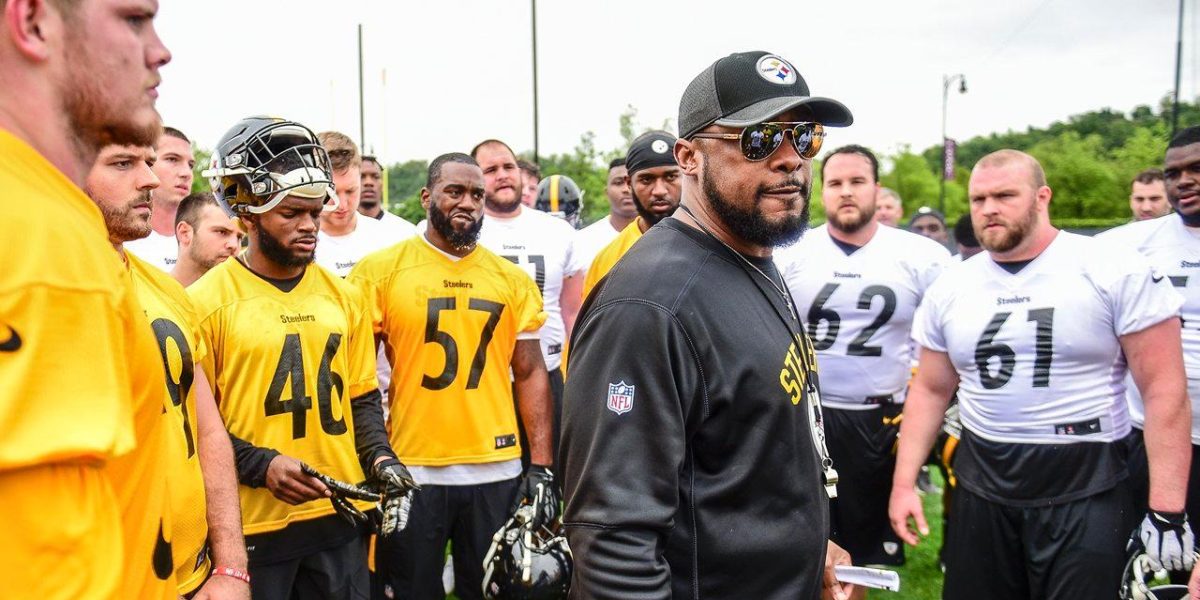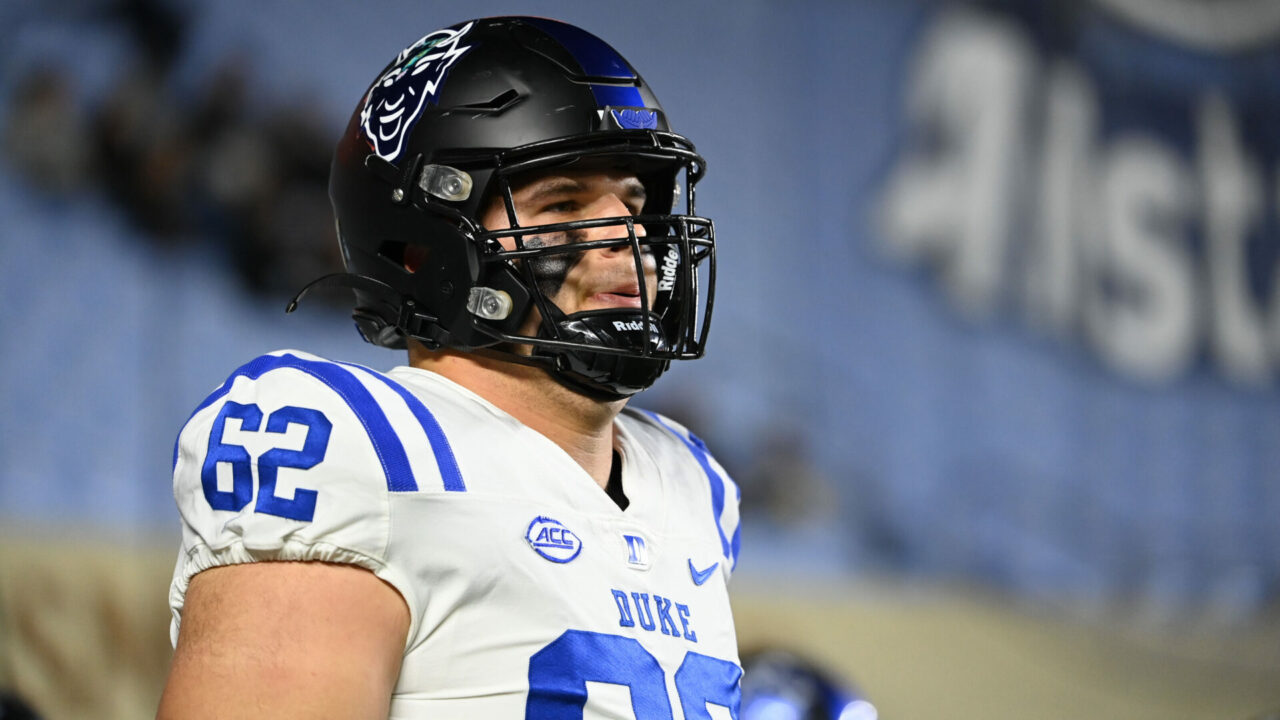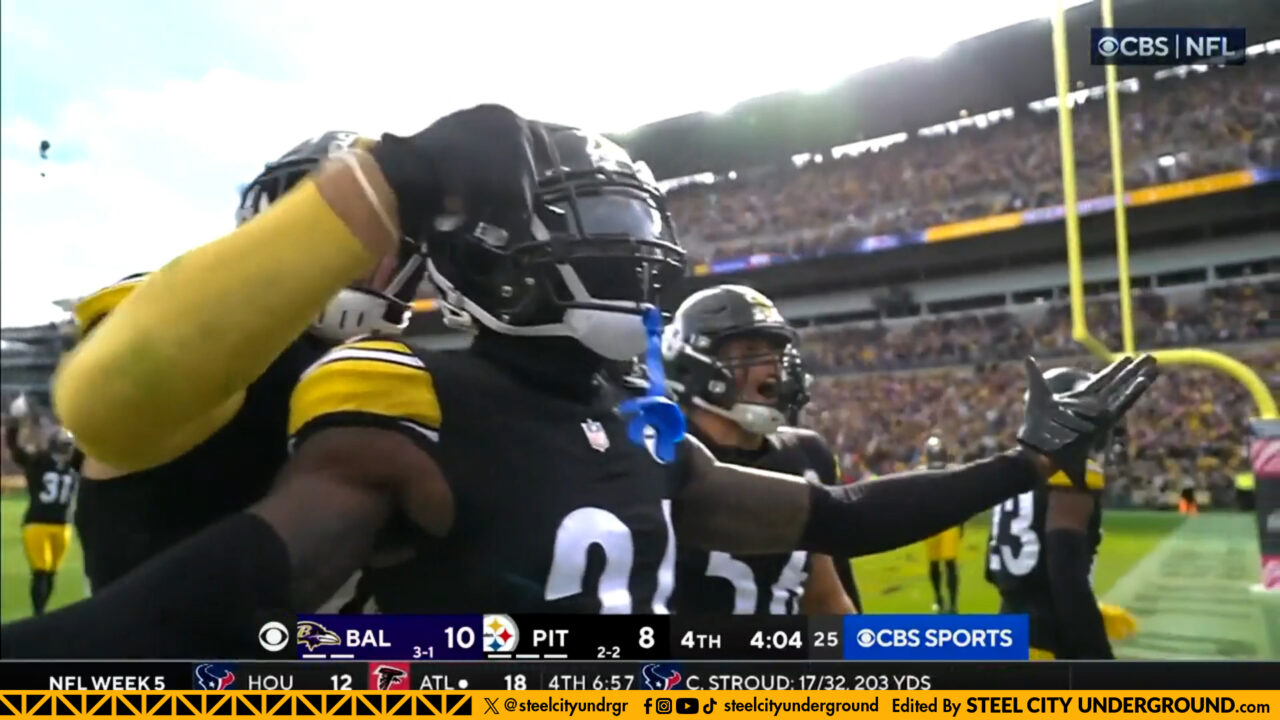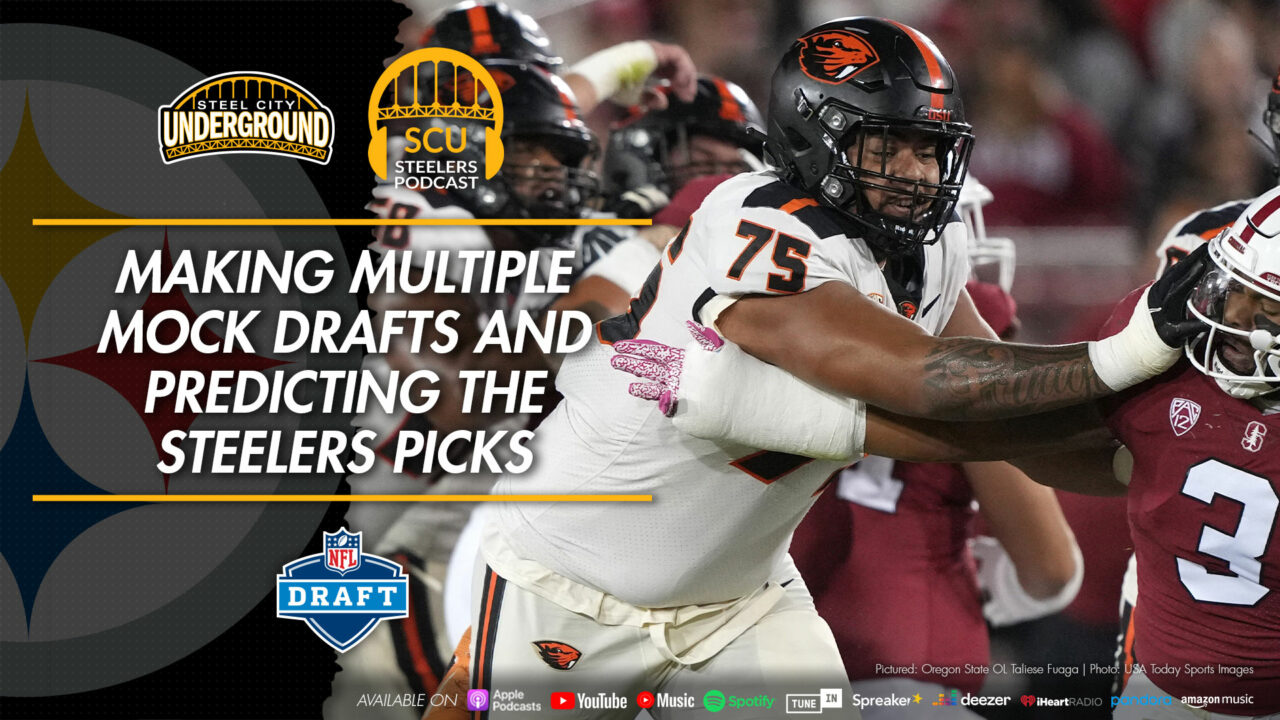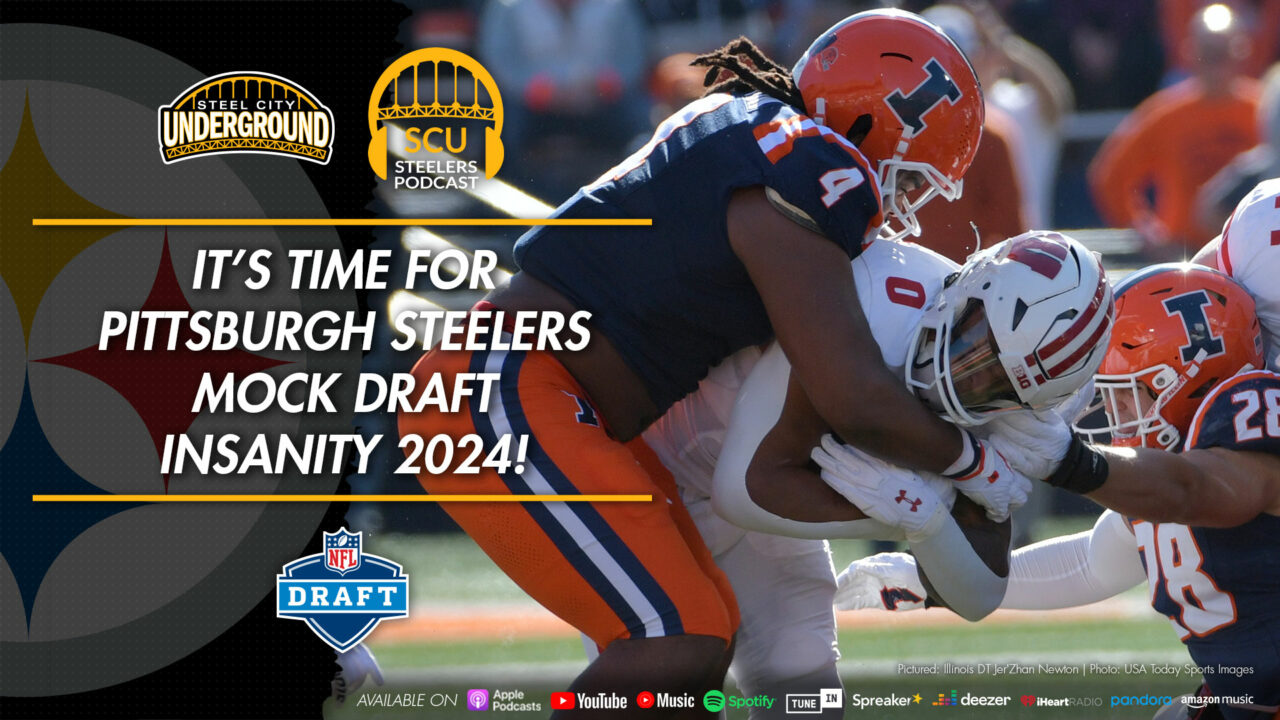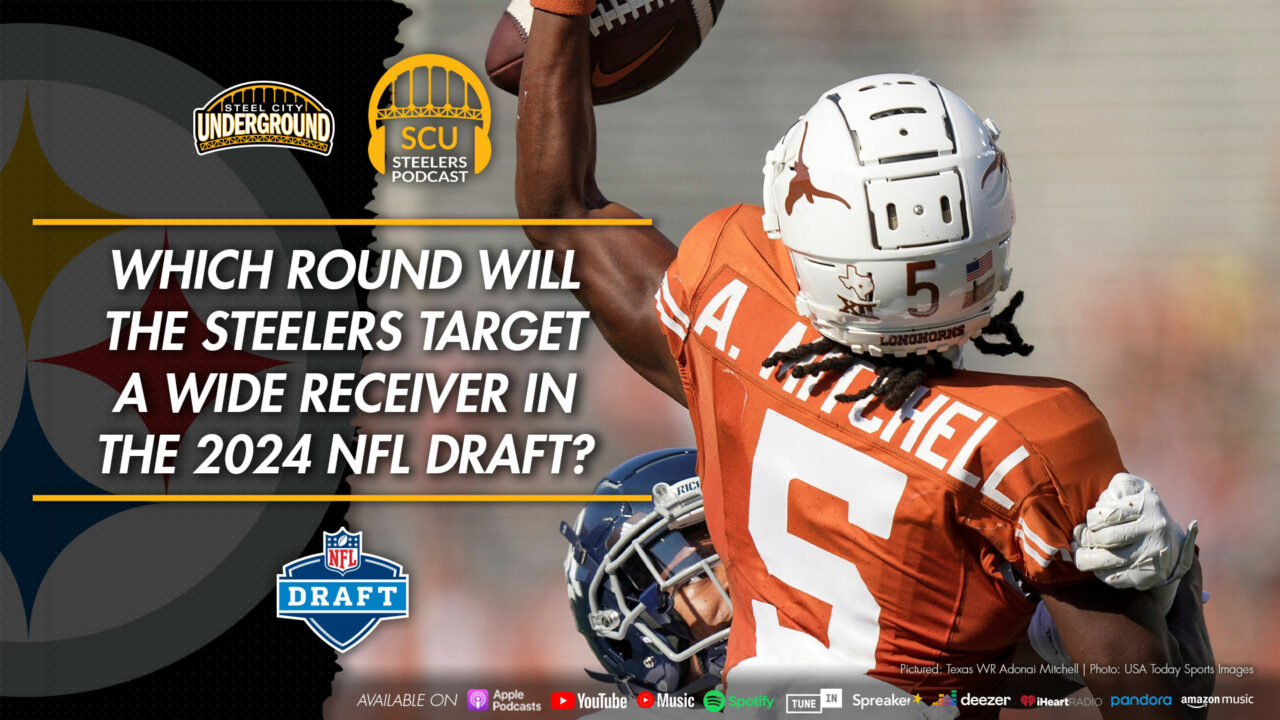How owner’s meeting resolutions impact the Pittsburgh Steelers
NFL owners met on Tuesday to discuss a number of changes for the 2017 league year. A common event multiple times within a season, the owners decide procedure and rule changes.
Among those changes not included below and which does not affect the Steelers 2017 season, was a decision to move an upcoming Super Bowl to be hosted in Los Angeles, to Tampa Bay. This was due to an issue where the stadium in LA will not be ready in time; construction has been delayed and the opening of the stadium has been set back one year. (The owners also moved the LA Super Bowl back one year to accommodate the change.)
However, there were some other amendments which will have an impact on Pittsburgh’s upcoming season. Some will have little impact while others could contribute to how this year’s team finishes.
53-man roster
Per source, the owners just passed a resolution eliminating the 75-man cutdown. So now, there'll be just one cutdown day — 90 to 53.
— Albert Breer (@AlbertBreer) May 23, 2017
One step of the preseason has been nixed entirely.
Teams will no longer be required to trim 15 players from their 90-man roster. In the past, each club whittled down to a 75-man roster in the middle of the preseason.
Now it’s an all or nothing proposition.
This more than likely won’t change anything for each franchise, as they have an idea who their top, middle and bottom players are. What might happen, as a byproduct, is that more players might get a look. Say a player on the 90-man roster is released, there are two more weeks for someone not currently on one of the 32 team lists to get a chance.
That might not materialize to much, but consider Steelers head coach Mike Tomlin held the majority of his star players out of the first two exhibition games in 2016, as well as the final game. Coaches may take an approach of holding their best players out of these games as to not lose them for the regular season.
The Steelers and Packers were both snakebitten in 2015, when both teams lost a star player for the entire season, in their preseason game against one another. Pittsburgh lost center Maurkice Pouncey while Green Bay lost a wide receiver, Jordy Nelson.
With a few extra bodies to shoulder the preseason burden, we may see more star sit, than start, going forward.
Overtime
The @NFL has passed a rule change moving overtime from 15 minutes to 10 minutes, per league official. Expected but important.
— Ian Rapoport (@RapSheet) May 23, 2017
Another move for self-preservation, expect to see more ties if teams cannot score in the future.
Cutting five minutes from overtime was expected, as most games that go beyond regulation are now ending sooner, due to new regular season overtime rules. Those rules implemented several years ago, allows both teams to possess the ball (provided one doesn’t score a “sudden death” touchdown).
The trimming of time creates a greater sense of urgency but could leave fans with more “kiss your sister” moments also. No one likes a tie game, but the five minutes of game time (which translates to more in real time) will help teams stay healthier. The longer players stay on the field, the greater risk for injury.
Fifteen minutes was thought to be too long, and now it is: ten is the new fifteen.
And games ending in a tie could be the new norm.
Injured Reserve
.@NFL owners have passed a resolution allowing two players to return off Injured Reserve, source says. Used to be just one.
— Ian Rapoport (@RapSheet) May 23, 2017
If your name is Senquez Golson, this new rule is two years short of becoming a reality.
That’s because Golson has finished his first two seasons in the NFL on Injured Reserve. Teams were given a new option to allow players to return from IR several years ago, while last season was the first where clubs didn’t have to designate if the player would be eligible to return prior to placing them on the list.
The latter was an important change since the Steelers used their designation to return on Maurkice Pouncey after placing the center on IR during the 2015 season. Since Pittsburgh had to designate Pouncey as he went on Injured Reserve, they couldn’t bring any other players back who were already on the list.
The rule hurt Golson, who couldn’t come back, even though Pouncey never returned in 2015.
Last season, Golson once again slipped up in training camp. The Steelers tried to protect the corner by leaving him on the active roster during the regular season, anticipating his fall return. LB Bud Dupree was placed on IR prior to the start of the regular season, in order to jumpstart his return as soon as league rules would permit.
However, following a set of injuries which left the Steelers roster lacking, Golson could no longer be stashed away on the active roster and had to be placed on IR for a second straight season.
In 2017, teams won’t have to pick and choose who can return. Players can be designated to return when they’re ready, and teams can now bring back two.
If it were an option in previous seasons, Senquez may have seen his first NFL snaps. As it stands, he has yet to see any.
No doubt, this is a major change for teams going forward.
Celebrations
Goodell has been meeting with players for months on this. Emphasis on spontaneous exuberance. Result should be more fun, fewer flags.
— Tom Pelissero (@TomPelissero) May 23, 2017
A pet peeve of any football fan is seeing the human happiness element removed from the game. Players and fans are both emotionally invested in scoring plays, yet only one could celebrate as they saw fit.
Players were punished for creative celebrations; granted some were over the top and should be penalized, however, there was such an inconsistency between games and players, that it started to rub fans the wrong way.
It rubbed players the wrong way too, removing money from their pockets by virtue of weekly fines for “bad” behavior. The rules were so convoluted, you could witness Antonio Brown do the same thing as former teammate Emmanuel Sanders, on the same weekend, and only one of those players would receive a flag and/or fine for their actions.
The NFL will apparently relax their “no fun league” rules in 2017. Some of the sanctions still in place won’t free Antonio Brown to “dance with the stars”. However, it’s a step in the right direction, for a game that’s trying to become safer at the risk of removing what’s made professional football popular. Allowing the players to celebrate should take the criticism off of the league for other decisions.
